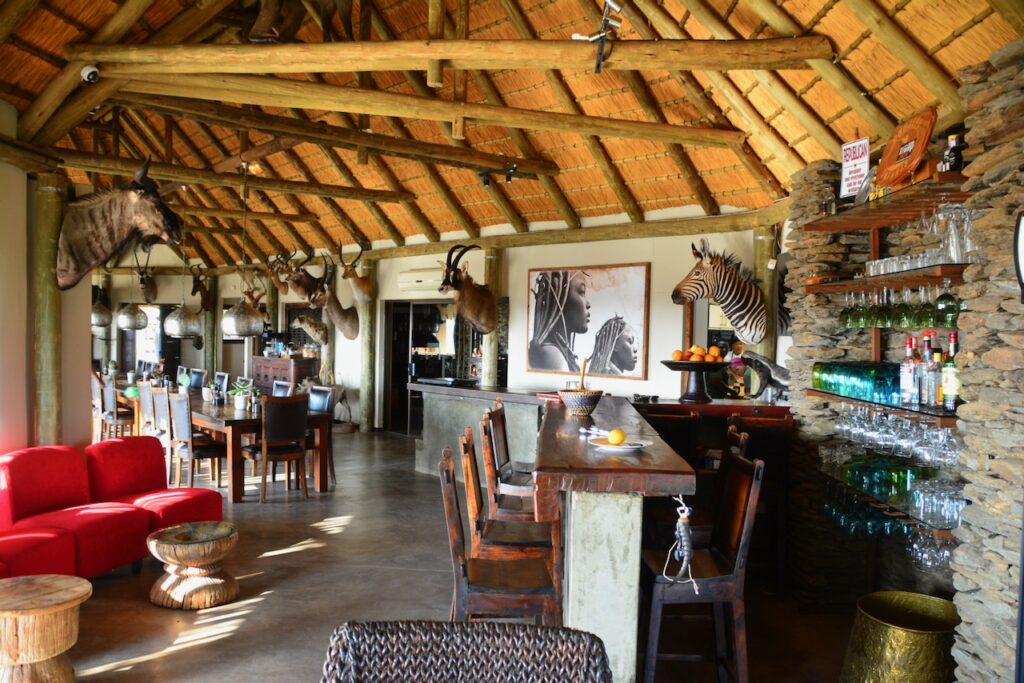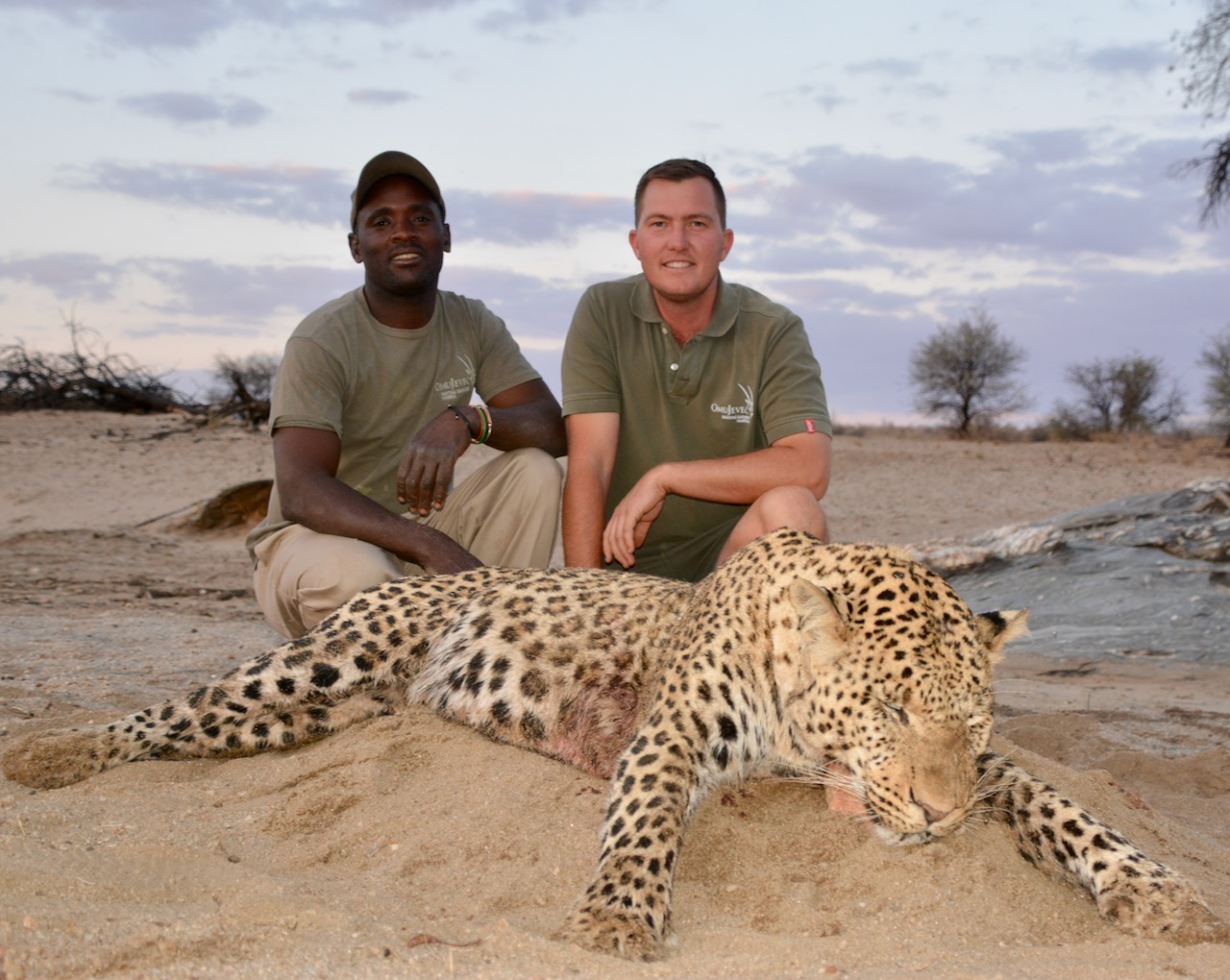A MOST DANGEROUS HUNT
Somewhere in the dense brush of the harsh Namibian landscape, a wounded leopard lurks. Failing to finish the job is not an option
Advertisement

This southwestern Africa country has a long and storied history as a leopard-hunting destination. Populations are doing so well that leopards are considered agricultural pests across much of the ranching region, often shot on sight by ranchers anxious to protect grazing cattle and sheep. These days, fortunately, many ranchers understand that it makes more economic sense to align themselves with an outfitter; everybody wins when leopards are seen as an in-demand renewable resource. And make no mistake, despite what some believe, there’s no shortage of leopards across much of their range, especially in some parts of Namibia.
I was hunting with Corne Kruger and his team at Omujeve Hunting Safaris. Corne grew up with a rifle in his hands and hunting in his blood. For several years, he specialized in hunting leopards with hounds, but when the Namibian government outlawed the use of dogs in 2010, he began hunting the great dappled cats over bait. The bottom line is that Corne has significant leopard-hunting experience and operates in an area with a healthy population, so I arrived with a large dose of optimism, which, to tell the truth, is often a mistake for leopard hunters.
Advertisement
After my PH, Ockert Bamm, picked me up in the capital Windhoek, we drove an hour to the lodge, where I got settled into my room and grabbed a quick lunch before we headed out to check baits. Clearly, leopards had visited the two bait stations within the previous 48 hours. Based on the tracks and the manner in which the baits had been fed upon, however, Ockert surmised they were females, which the trail cams confirmed. We were hunting mature males only, but when you’re two for two in active baits coming out of the gate, you at least know you’re in good leopard country.
Patience is an absolute must when hunting leopards. They’re shy and elusive creatures
Ockert and I, along with his tracker, Kabila, spent the next several days checking and replenishing an entire trapline of bait sites. Where a bait had been hit and the meat eaten, we’d refresh it with a warthog or a zebra quarter; both species are attractive to leopards because they’re relatively fatty. Most of the bait sites were well established, and invariably Ockert would have a story or two about the leopards that had visited them. Those past successes buoyed my confidence, but I had to remind myself that patience is an absolute must when hunting leopards. They’re shy and elusive creatures, and like most cats, nightmarish to predict. That explains why most leopard hunts are booked as 10- or 14-day safaris.
There’s sitting around waiting for something to happen, then there’s doing everything you can to help make something happen—Ockert is a student of the latter school. While we faithfully managed our bait sites, he remained in contact with a network of neighbouring ranchers, some of whom set out baits as a means to protect their livestock. It was one of these neighbours who would provide the break we needed.
Advertisement

